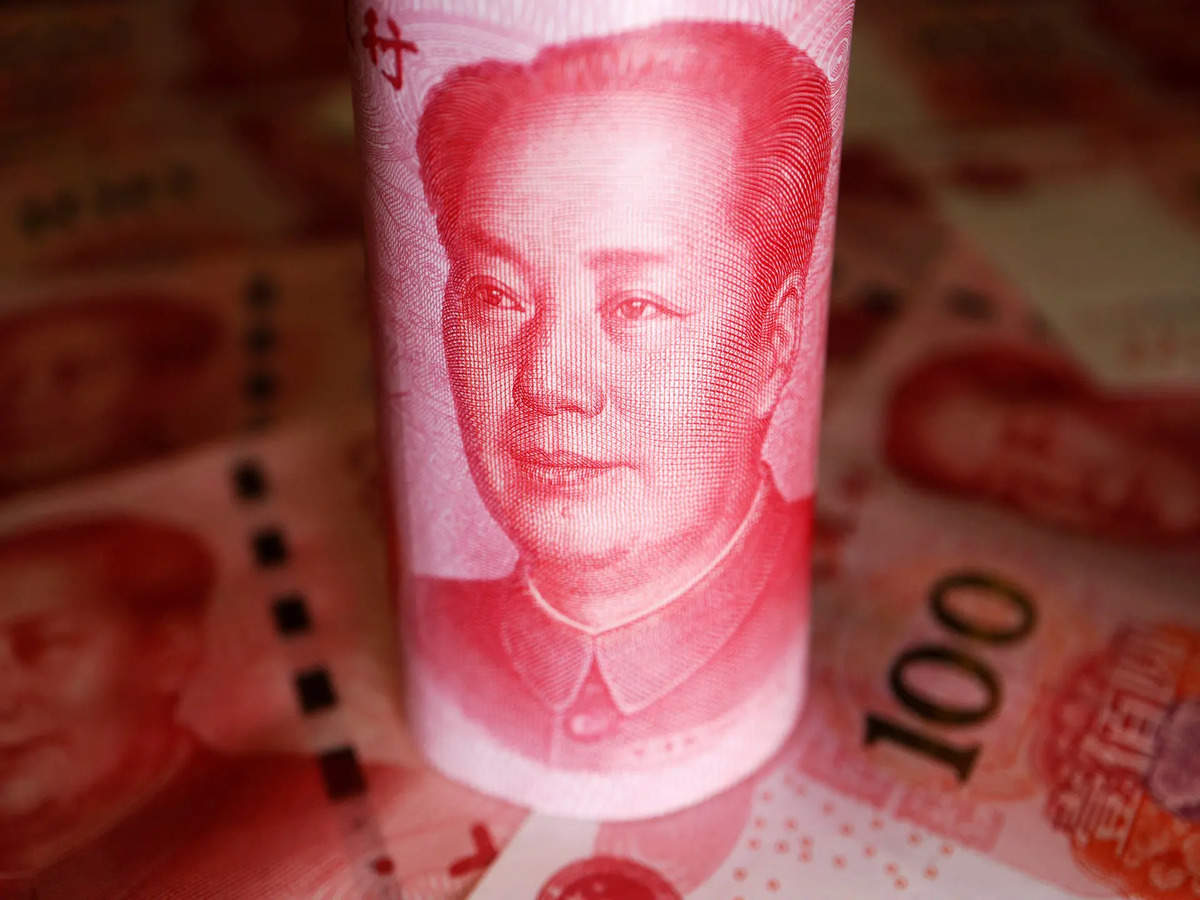China recently introduced a new financing scheme aimed at addressing the mounting “hidden debt” of local governments, which has become a significant concern for the country’s financial stability. Local government debt in China has escalated in recent years, primarily due to off-balance-sheet borrowing through local government financing vehicles (LGFVs), a practice used to circumvent official debt limits. These LGFVs allow regional governments to fund infrastructure projects without showing the debt on their official balance sheets. However, as the hidden debt grew, it increasingly threatened the broader financial system, prompting Beijing to seek solutions.

Source:- bbc news
Under the new scheme, Beijing is pushing for a more transparent restructuring of these hidden debts by encouraging banks and financial institutions to support local governments in refinancing high-interest, off-balance-sheet loans with lower-cost, more manageable debt. This approach is expected to provide local governments with temporary relief, helping them avoid default without requiring direct bailouts from the central government. By restructuring the debt, China aims to shift these liabilities into a more visible framework that aligns with official debt figures, helping to stabilize the economy and create greater transparency in local finances.
Source:- news 18
The move signals China’s acknowledgment of the hidden debt as a systemic risk and its commitment to tightening financial regulations while maintaining economic stability. Observers see this as a balancing act for Beijing, which wants to ensure sustainable growth without undermining local economies dependent on these infrastructure projects. Although the plan may alleviate some short-term pressure on local governments, analysts warn that without significant reform to the LGFV system, the underlying risk of hidden debt could persist, potentially leading to longer-term financial challenges for China’s regional economies.
Share your views in the comments

